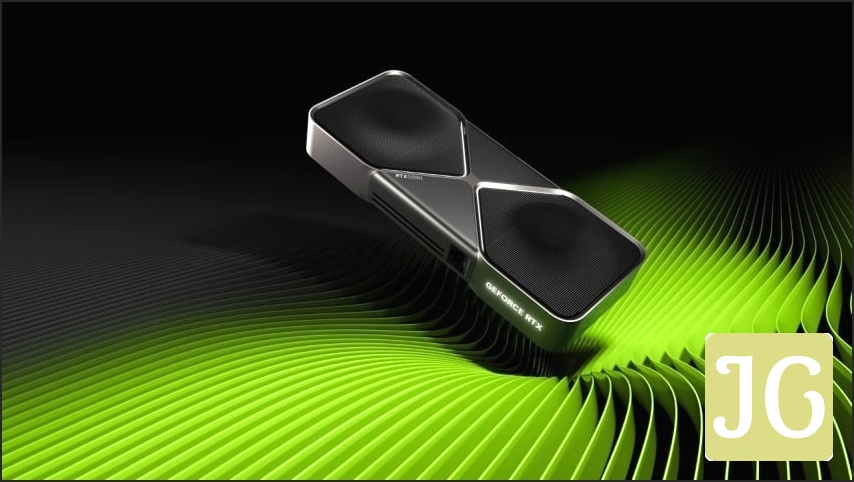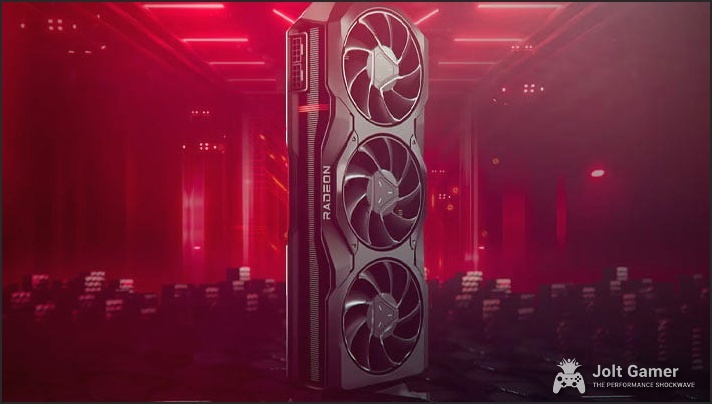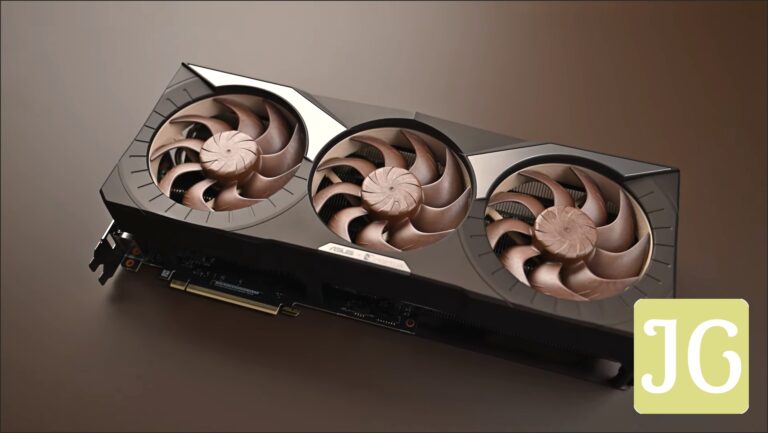Key Takeaways
- NVIDIA’s new RTX 5060 and 5060 Ti GPUs are built on the advanced Blackwell architecture, promising significant leaps in AI, ray tracing, and DLSS 4 performance, particularly in neural rendering and VRAM efficiency.
- The series targets the crucial mid-range market, with desktop cards starting at a competitive $299 and laptop variants from $1,099, making next-gen features more accessible.
- While offering strong performance in 1080p and serviceable 1440p gaming, the RTX 5060 faces stiff competition from AMD’s RX 9060 XT 16GB, which often leads in demanding gaming titles, particularly in overall value.
- Community sentiment highlights concerns over perceived high pricing, the 8GB VRAM configuration for the base 5060 for future-proofing, and early driver stability issues, especially on Linux platforms.
- NVIDIA is introducing groundbreaking AI-driven VRAM efficiency technologies like Neural Texture Compression (NTC) and DirectX Raytracing 1.2 Cooperative Vectors, which could significantly impact future performance and VRAM demands, potentially mitigating current concerns.
Introduction: NVIDIA’s Next Mid-Range Play
NVIDIA has officially unveiled its GeForce RTX 5060 and RTX 5060 Ti graphics cards, marking the completion of its Blackwell architecture rollout across consumer segments. Positioned as the new contenders for the crucial mid-range market, these GPUs aim to bring next-generation performance, AI-enhanced visuals, and advanced features like DLSS 4 and full ray tracing to a wider audience. But with a competitive landscape and a discerning community, how do these new cards truly stack up? This definitive guide will unpack everything you need to know about the RTX 5060 series, from its core architecture to its real-world performance, market positioning, and the community’s pressing concerns over perceived value and stability.
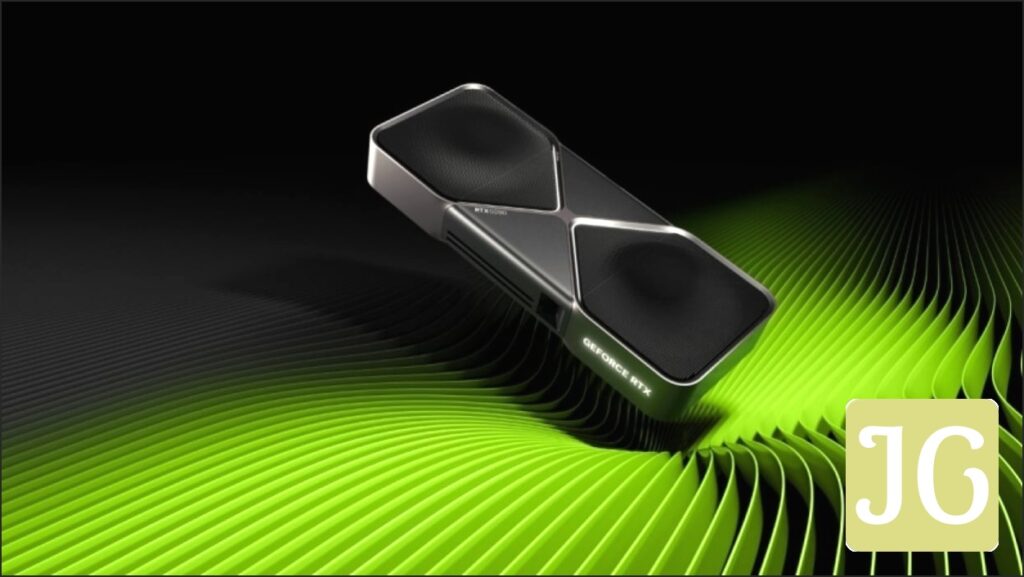
Under the Hood: The Blackwell Architecture & Core Technologies
At the heart of the RTX 5060 and 5060 Ti lies NVIDIA’s advanced Blackwell architecture. Designed for game-changing AI performance, Blackwell integrates fourth-generation RT Cores and fifth-generation Tensor Cores, accelerating breakthrough neural rendering technologies. This architecture is optimized for neural shaders and built for Mega Geometry, promising cinematic quality visuals at unprecedented speeds. It’s not just about raw power; it’s about intelligent processing that redefines how games look and perform, delivering a significant leap over previous generations in both visual fidelity and processing efficiency.
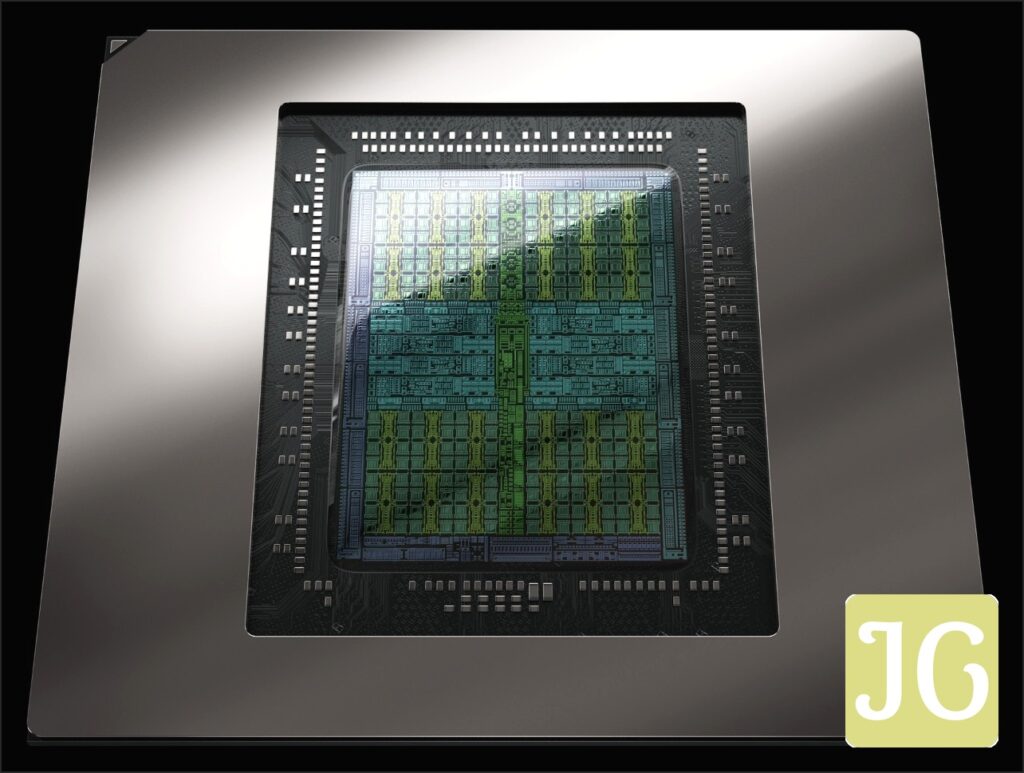
- Blackwell Architecture: The foundation for game-changing AI performance, optimized for neural shaders and Mega Geometry. This deep integration of AI on the silicon level is designed to deliver superior visual fidelity and processing efficiency.
- DLSS 4: The latest breakthrough in neural rendering, powered by fifth-generation Tensor Cores. It features new Multi Frame Generation, enhanced Ray Reconstruction, and improved Super Resolution, all working in concert to boost FPS, reduce latency, and provide superior image quality.
- Fourth-Gen RT Cores & Fifth-Gen Tensor Cores: These specialized cores accelerate full ray tracing and AI-powered features, ensuring cinematic quality visuals at unprecedented speeds and enhancing performance in AI-driven workflows.
- NVIDIA Reflex 2: Optimizes the graphics pipeline for ultimate responsiveness in competitive gaming. With its new Frame Warp technology, it significantly reduces latency based on real-time mouse input, leading to faster target acquisition and improved aim precision.
- Blackwell FP4 Tensor Cores & Ninth-Gen NVENC Encoders: These components bring enhanced efficiency and capabilities for both gaming and content creation, even in the lower-tier 5060 models. The advanced encoders are particularly beneficial for streamers and video editors, ensuring high-quality output with less overhead.
RTX 5060 & 5060 Ti: Models, Specifications, and Pricing
The RTX 5060 series launches with two main desktop models: the RTX 5060 Ti and the RTX 5060. The Ti variant arrived first, offering both 8GB and 16GB VRAM configurations, while the base RTX 5060 is exclusively an 8GB GDDR7 card. These GPUs are designed to hit specific price points, making advanced NVIDIA technologies more accessible. Understanding their core specifications, from CUDA cores to memory bandwidth, is key to assessing their value proposition and how they stack up against the competition.
NVIDIA GeForce RTX 5060 Series Key Specifications
| Feature | RTX 5060 Ti | RTX 5060 |
|---|---|---|
| GPU Architecture | Blackwell (GB206) | Blackwell (GB206) |
| CUDA Cores | 4,608 | 3,840 |
| Tensor Cores | 144 (5th-Gen) | 120 (5th-Gen) |
| RT Cores | 36 (4th-Gen) | 30 (4th-Gen) |
| VRAM | 8GB / 16GB GDDR7 | 8GB GDDR7 |
| Memory Interface | 128-bit | 128-bit |
| Memory Bandwidth | 448 GB/s | 448 GB/s |
| TFLOPS (FP32) | Approx. 25-30 TFLOPS (estimate based on relative core counts and architecture) | Approx. 20-25 TFLOPS (estimate based on relative core counts and architecture) |
| Boost Clock (Reference) | TBD (higher than 5060) | 2,500MHz (reference), 2,595MHz (OC) |
| Power Connector | 8-pin PCIe | 8-pin PCIe |
| Recommended PSU | 550W | 550W |
Purchase Information: NVIDIA GeForce RTX 5060 Series
Release Dates:
- RTX 5060 Ti 8GB: April 16, 2025
- RTX 5060 Ti 16GB: April 16, 2025
- RTX 5060 8GB: May 2025 (May 19th official launch)
Prices:
- RTX 5060 Ti 8GB: $379
- RTX 5060 Ti 16GB: $429
- RTX 5060 8GB: Starting from $299
Where to Buy: Available from major AIB partners (ASUS, MSI, Palit, ZOTAC, etc.) and system builders. Check official retailers and online stores like Amazon, Newegg, Currys, Scan, Overclockers UK.
VRAM Watch: The 8GB Question
While the RTX 5060 Ti offers a 16GB VRAM option, the base RTX 5060 is limited to 8GB GDDR7. This has sparked considerable debate in the community, with many gamers expressing anxiety that 8GB may prove insufficient for future AAA titles, especially at higher resolutions with ray tracing enabled. Despite the faster GDDR7 memory and increased bandwidth, a 128-bit interface with 8GB can be a bottleneck in the most demanding modern titles. Consider your long-term gaming needs carefully when choosing between the variants, as upgrading VRAM later is not an option.
Gaming Performance: 1080p, 1440p, and Ray Tracing
The RTX 5060 and 5060 Ti are engineered to deliver robust gaming experiences, particularly at 1080p and serviceable 1440p. With DLSS 4 and full ray tracing capabilities, NVIDIA promises stunning visuals and high frame rates. However, early benchmarks show a nuanced picture: while these cards offer strong performance against previous generations like the RTX 4060 and 4060 Ti, they face a tight race against AMD’s mid-range offerings, particularly the 16GB RX 9060 XT, which often pulls ahead in demanding titles when frame generation is enabled.
RTX 5060 Series Gaming Performance (Conceptual FPS)
Data is conceptual, based on aggregated intelligence, and intended to illustrate relative performance trends. Actual results may vary based on specific system configurations and driver versions. Note that the RTX 5060 often trails the 16GB RX 9060 XT in these demanding, ray-traced 1440p scenarios.
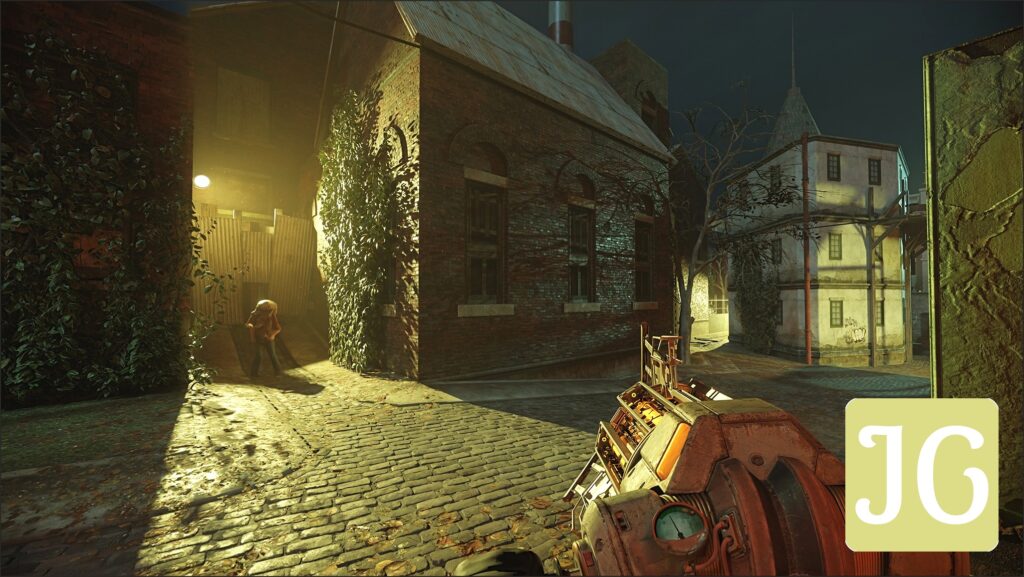
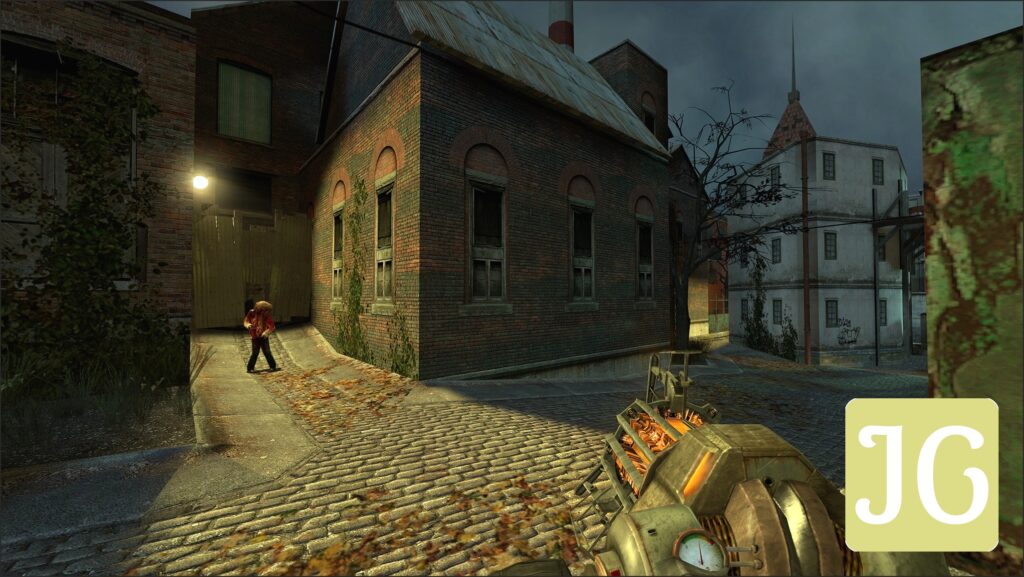
Beyond Gaming: Creative & AI Workloads
NVIDIA’s RTX platform extends its benefits far beyond gaming, offering significant advantages for content creators and AI developers. The RTX 5060 series, supported by the NVIDIA Studio platform, accelerates demanding tasks like video editing, 3D rendering, and graphic design with RTX accelerations across top creative apps. With built-in AI processors and world-leading AI technology, these GPUs are also highly capable for AI-assisted creative workflows, outperforming many competitors in this domain. This versatility makes them a compelling choice for users who demand more than just gaming performance from their hardware.
RTX 5060 Series Creative & AI Performance (Conceptual Scores)
Data is conceptual, based on aggregated intelligence, and intended to illustrate relative performance trends. Actual results may vary. The RTX 5060 shows significant strength in content creation and AI, often outperforming the RTX 4060 Ti and AMD rivals, though Intel’s Arc B580 can be a strong contender in specific, optimized AI tasks.
RTX 5060 vs. The Competition: AMD & Intel Showdown
The mid-range GPU market is fiercely competitive, and the RTX 5060 enters a segment where value and performance per dollar are paramount. Its primary rival is AMD’s Radeon RX 9060 XT, particularly the 16GB variant, which often offers compelling gaming performance at a similar or slightly higher price point. Intel’s Arc B580 also presents an interesting challenge, especially in AI workloads where it can sometimes outperform NVIDIA. Understanding these comparisons is vital for making an informed purchase decision, as each card brings a unique set of strengths and weaknesses to the table.
Mid-Range GPU Showdown: RTX 5060 vs. Key Competitors
| Feature | NVIDIA RTX 5060 (8GB) | AMD Radeon RX 9060 XT (16GB) | Intel Arc B580 (8GB) |
|---|---|---|---|
| Starting Price | $299 | ~$349 | TBD (similar mid-range) |
| VRAM | 8GB GDDR7 | 16GB GDDR7 | 8GB GDDR6 |
| Memory Interface | 128-bit | 128-bit | 192-bit |
| Gaming Performance (1080p/1440p) | Strong 1080p, serviceable 1440p; often trails RX 9060 XT in demanding titles, especially with FSR/FG. | Generally strong, often leading RTX 5060 in demanding titles, particularly with FSR/FG. | Competitive, but with varying optimization levels across games; struggles at 4K due to VRAM/interface. |
| Ray Tracing Performance | Good with DLSS 4, but demanding; stronger than AMD overall. | Improving, but generally behind NVIDIA in raw RT performance. | Decent for its price point, but still behind NVIDIA. |
| AI Performance | Strong, runs most Procyon AI tests, outperforms RTX 4060 Ti and RX 9060 XT. | Struggles significantly in Procyon AI benchmarks. | Very strong, capable of Llama 2, often outperforming NVIDIA in optimized tasks. |
| Content Creation | Performs well, outperforms Arc B580, RX 9060 XT, and RTX 4060 Ti in Premiere Pro/Blender. | Generally good, but often behind NVIDIA in accelerated tasks. | Solid, but often behind NVIDIA in rendering benchmarks. |
| Power Efficiency | High efficiency for gaming/creation, less power than 4060/4060 Ti/RX 9060 XT. | Good, but generally less efficient than NVIDIA. | Competitive, but needs optimization in some areas. |
NVIDIA GeForce RTX 5060: Pros & Cons
Pros
- Latest Blackwell Architecture with DLSS 4 and advanced RT/Tensor Cores delivers cutting-edge features.
- Excellent power efficiency for both gaming and content creation, consuming less power than rivals.
- Strong AI performance, particularly in benchmarks like UL Procyon AI, making it great for AI-assisted workflows.
- Solid performance in content creation applications (Premiere Pro, Blender), often outperforming competitors.
- Competitive pricing for the base model ($299), making next-gen NVIDIA tech more accessible.
- Compact 2-slot form factors available (e.g., Palit, ZOTAC Low Profile) for small form factor builds.
Cons
- 8GB VRAM on the base RTX 5060 raises significant future-proofing concerns for modern AAA titles, especially at higher settings.
- Often trails AMD’s RX 9060 XT 16GB in demanding gaming benchmarks, particularly when frame generation is active.
- Early driver stability issues reported by users (stuttering, flickering, Linux compatibility) have caused frustration.
- Perceived as overpriced by a segment of the community, especially the laptop configurations starting at $1,099.
- Potential for rapid stock depletion and tariff-driven price increases could impact availability and final cost.
Community Voices: Pricing, VRAM Anxiety, and Driver Woes
While the technical advancements of the RTX 5060 series are clear, the PC gaming community has voiced significant concerns. These largely revolve around the perceived value proposition, the VRAM configuration, and early stability issues. Understanding these sentiments is crucial for a complete picture of the card’s market reception, as user experience often dictates long-term success more than raw benchmarks.
I’m currently on a 3070 which has 8gb and I’m kicking my myself for not getting something with more vram. Whenever I play a new game I have to have Riva tuner up and monitor how much vram I’m using. Spending a ton of time in settings keeping my vram budget below 8gb. 16gb will give you that peace and mind of it just working you will not have to worry about vram by the cards end of life. Enjoy
Driver Stability: Early Hurdles for the RTX 5060
Early adopters, particularly those on Linux, have reported significant driver compatibility and stability issues with the RTX 5060/5060 Ti. Problems include incorrect card identification, basic functionality limitations, stuttering, flickering, and black screens. While NVIDIA has released updated drivers (e.g., 575.57.08), some users still encounter ‘failed to initialize Nvidia graphics device’ errors, especially on Gentoo systems requiring specific CUDA architecture adjustments. This highlights the importance of mature driver support for a smooth user experience, a point of ongoing frustration for many.
RTX 5060 in Laptops: Thin, Light, and Powerful
Beyond desktop cards, the RTX 5060 Laptop GPU is making its way into a new generation of thin-and-light gaming and content creation notebooks. Built on the same Blackwell architecture, these mobile GPUs uniquely feature 8GB GDDR7 memory, a first for this tier, promising significant boosts in data transfer, thermal efficiency, and sustained performance under load. This enables robust gaming at 1080p and even serviceable 1440p, along with accelerated creative workflows, all within portable form factors as thin as 14.9mm.
- 8GB GDDR7 Memory: A tier-first feature for the RTX 5060 Laptop GPU, significantly boosting data transfer, thermal efficiency, and sustained performance, a technology previously reserved for high-end models.
- Blackwell Architecture & Max-Q Designs: Enhanced power efficiency for extended battery life, with 70–99 Wh batteries providing up to 9 hours for productivity and 4–6 hours for creative tasks, noticeably outperforming RTX 4060 counterparts.
- Impressive Mobile Performance: Over 100 FPS in 1080p gaming (even with ray tracing), 300+ FPS in esports titles like Valorant and CS2, and a significant uplift over previous generations (7-33% vs. RTX 4060 Laptop, 50%+ vs. RTX 3060 Laptop).
- Advanced Cooling Solutions: Manufacturers are integrating sophisticated thermal management, including dual-fan systems, vapor chambers, and rear exhaust vents, to maintain low temperatures within thin chassis (some under 15mm).
- Comprehensive Connectivity: Features like HDMI 2.1, USB-C with DisplayPort and up to 100W fast charging, full-size SD card readers, and multiple USB-A ports ensure versatility for all user needs.
- Competitive Pricing: Starting at approximately $1,099 / £1,099, offering strong value compared to higher-tier laptop GPUs, with only a 10-15% performance difference from the RTX 4070 Laptop which costs significantly more.
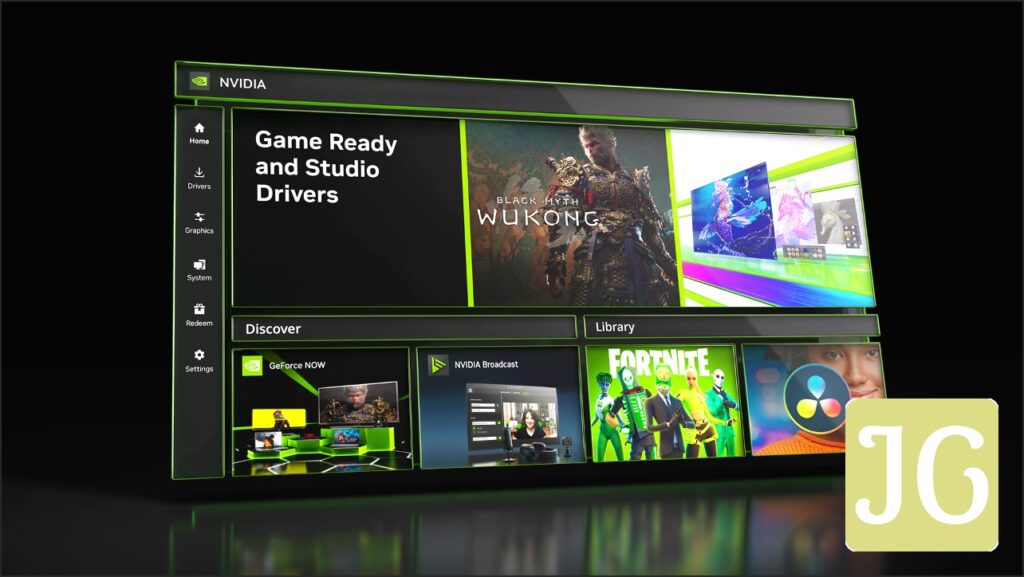
Beyond Today: Future-Proofing with AI & Neural Technologies
One of the most exciting, yet still developing, aspects of NVIDIA’s new generation is its focus on AI-driven VRAM efficiency. With modern games increasingly straining 8GB VRAM cards, NVIDIA is responding with technologies like RTX Neural Materials (NTC) and DirectX Raytracing 1.2 Cooperative Vectors. These innovations aim to drastically reduce VRAM usage and boost performance, potentially reshaping the future of game rendering and offering a novel solution to the escalating VRAM demands.
- Neural Texture Compression (NTC): Leverages small neural networks for more efficient texture rendering and compression, aiming for massive VRAM reduction (up to 90%) and performance boosts (up to 80%). This is a fundamental shift in how textures are handled.
- DirectX Raytracing 1.2 Cooperative Vectors: Microsoft’s API designed to enable any AI-enabled hardware to utilize these new VRAM-saving technologies, extending potential compatibility beyond NVIDIA GPUs to other vendors like AMD and Intel.
- Early Benchmarks: Initial tests by Google SWE @opinali with an RTX 5080 and NTC Beta showed substantial VRAM reduction (90%) and performance gains (80%) when combined with DXR 1.2. Interestingly, an AMD RX 9070 XT also yielded impressive results with Vulkan, achieving a 10% performance lead over the RTX 5080 in NTC tests, suggesting cross-vendor potential.
- Current Limitations: DXR 1.2 drivers are not yet available for AMD and Intel GPUs, which is crucial for widespread adoption. Furthermore, backward compatibility for older GPUs from any vendor remains uncertain, meaning these benefits may not extend to previous generations.
The Final Verdict: Is the RTX 5060 Your Next GPU?
The NVIDIA GeForce RTX 5060 and 5060 Ti enter a challenging but vital market segment. They bring the power of the Blackwell architecture, DLSS 4, and advanced ray tracing to more accessible price points, offering compelling performance for 1080p and light 1440p gaming, alongside strong capabilities for content creation and AI workloads. However, the cards are not without their caveats. The 8GB VRAM on the base RTX 5060 remains a significant point of contention for future-proofing, and early driver stability issues have caused frustration among some users. In a head-to-head battle, AMD’s RX 9060 XT often provides a strong value proposition, particularly its 16GB variant in gaming, and Intel’s Arc B580 shows surprising strength in specific AI tasks. Ultimately, the RTX 5060 series is a capable contender, especially for those invested in NVIDIA’s ecosystem and AI features. For others, the competitive market demands careful consideration of price, VRAM needs, and the maturity of driver support. It’s a solid step forward for NVIDIA’s mid-range, but one that requires buyers to weigh its strengths against its current challenges.
NVIDIA GeForce RTX 5060 (8GB) Scorecard
Gaming Performance (1080p/1440p)
8.0/10
Strong at 1080p, serviceable at 1440p, but often trails RX 9060 XT in demanding titles.
Value Proposition
7.5/10
Competitive at $299, but 8GB VRAM and AMD’s 16GB alternative raise questions about long-term value.
AI & Creative Performance
9.0/10
Excellent, outperforms many rivals in AI benchmarks and content creation apps, a clear strength.
Features & Technology (DLSS 4, RT)
9.0/10
Cutting-edge Blackwell features and DLSS 4 are major advantages for visual fidelity and performance.
Driver Stability & Maturity
6.5/10
Early issues reported, especially on Linux, require ongoing improvement to ensure a smooth user experience.
Overall Score: 8.0/10
Frequently Asked Questions About the RTX 5060 Series
When was the NVIDIA RTX 5060 released?
The RTX 5060 Ti was released on April 16, 2025, while the base RTX 5060 is slated for a May 2025 release, with an official launch date of May 19th.
How much VRAM does the RTX 5060 have?
The base RTX 5060 comes with 8GB of GDDR7 VRAM. The RTX 5060 Ti is available in both 8GB and 16GB GDDR7 configurations, offering more options for demanding users.
Is the RTX 5060 good for 1440p gaming?
The RTX 5060 can offer serviceable 1440p gaming, especially with DLSS 4 enabled. However, for consistently high frame rates in demanding titles at 1440p, particularly with ray tracing, the 16GB RTX 5060 Ti or higher-tier cards might be a better choice due to VRAM and raw processing demands.
How does the RTX 5060 compare to the AMD RX 9060 XT?
The RTX 5060 is highly competitive with the AMD RX 9060 XT. While the RTX 5060 often shows advantages in AI and content creation, the 16GB RX 9060 XT frequently pulls ahead in demanding gaming benchmarks. The choice depends on specific priorities and value perception, with AMD often offering more raw gaming power per dollar.
Are there any driver issues with the RTX 5060?
Early reports, particularly from Linux users, indicated driver compatibility and stability issues, including incorrect card detection and display problems. NVIDIA has released updated drivers, but some users still report ongoing challenges. It’s advisable to keep drivers updated and monitor community forums for the latest information, as driver maturity is crucial for a smooth experience.
Sources
- NVIDIA Official Announcements (April 15, 2025 launch event, press releases)
- Wired.com Review: ‘The Nvidia RTX 5060 Can’t Quite Beat AMD’
- NVIDIA Developer Forums (RTX 5060 driver discussion)
- BusinessToday (ZOTAC RTX 5060 Low Profile unveiling)
- Lenovo Legion Tower 5i Gen 10 Spec Sheet (leak)
- Google SWE @opinali (RTX NTC Beta benchmarks)
- Various tech news outlets and community forums (for Fandom Pulse sentiment)

